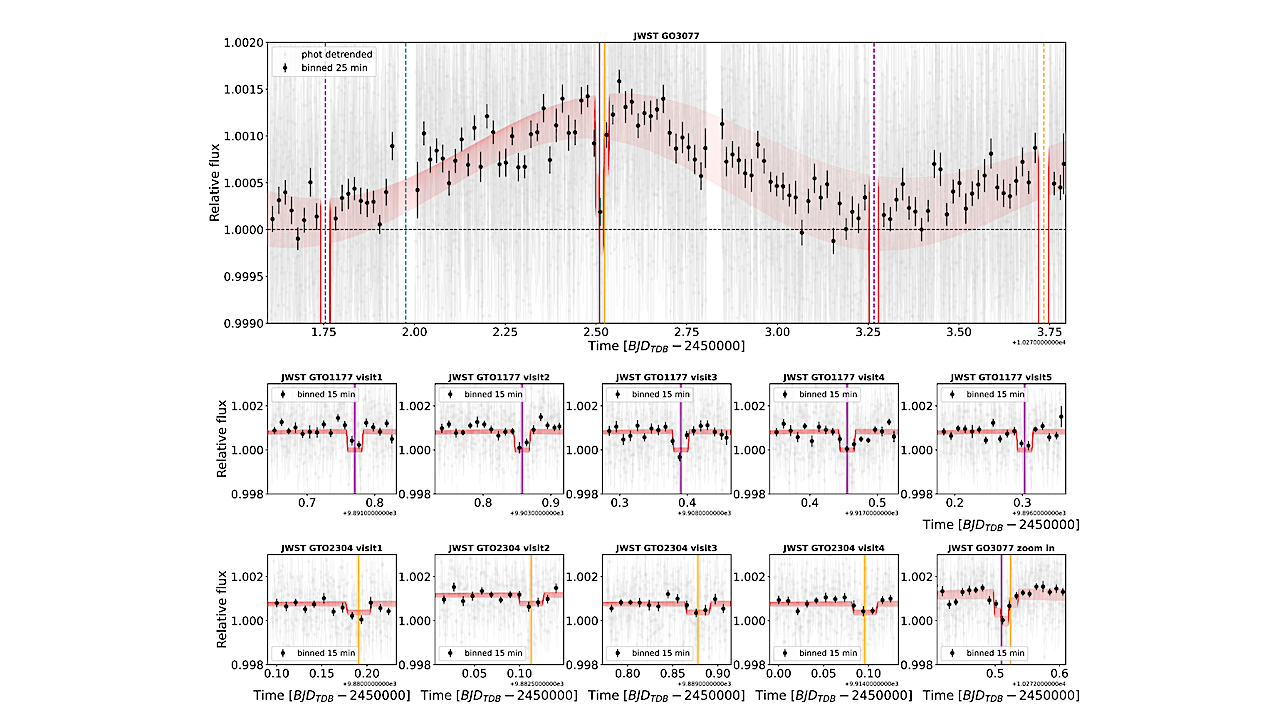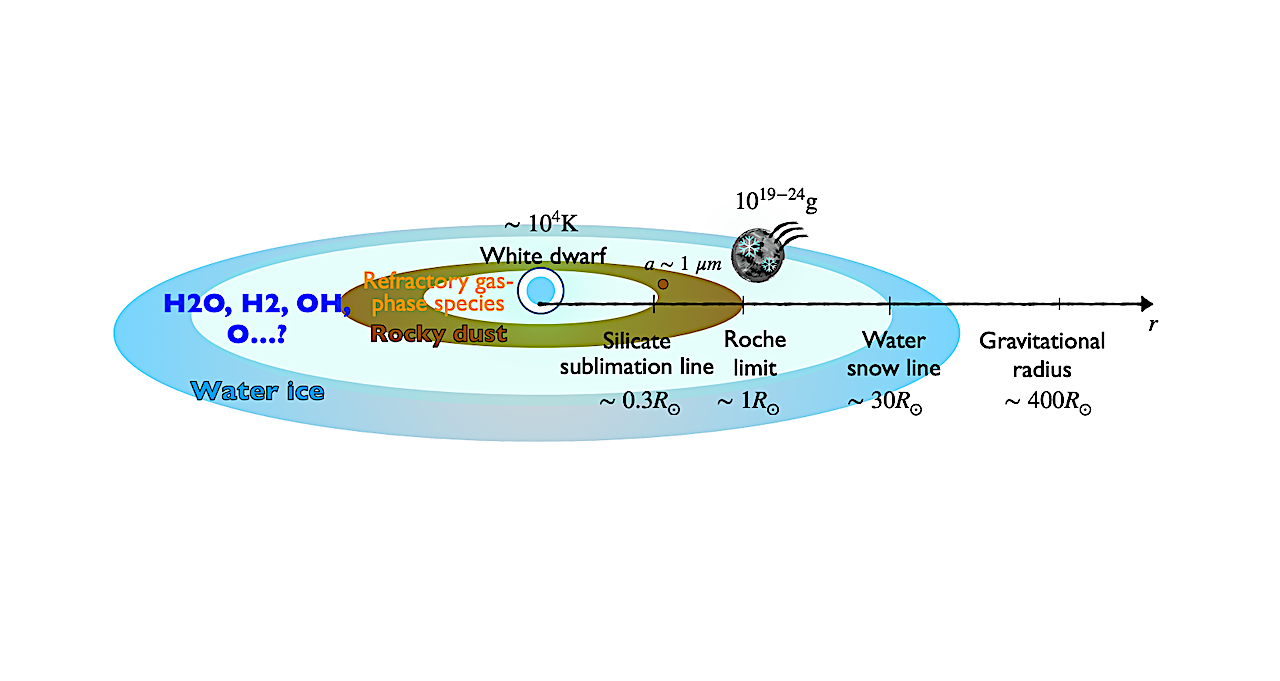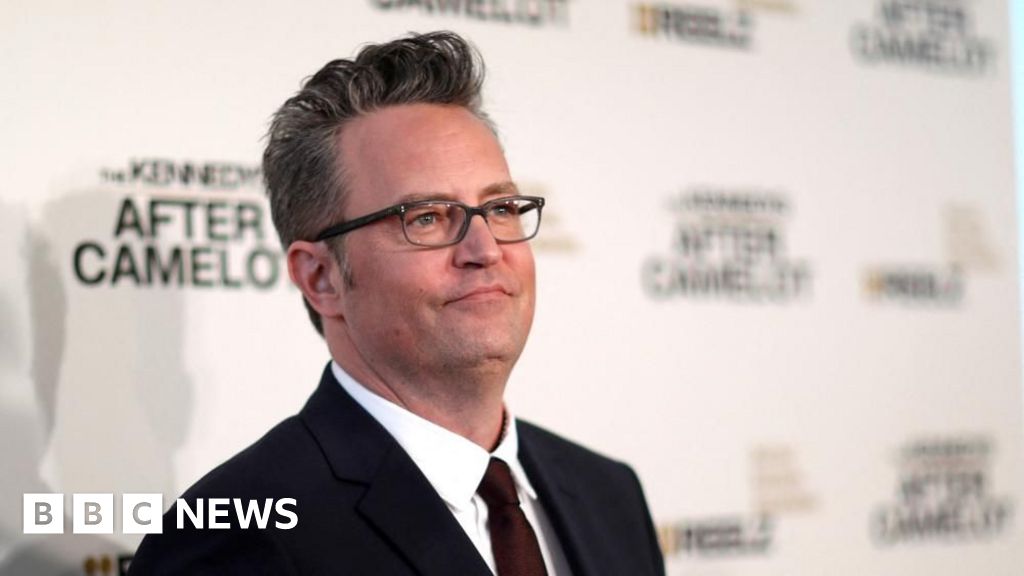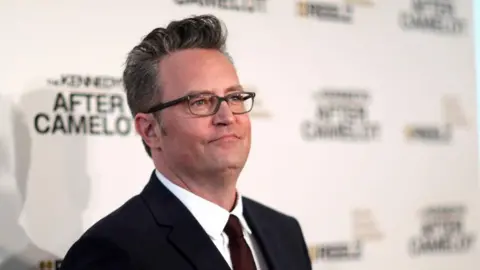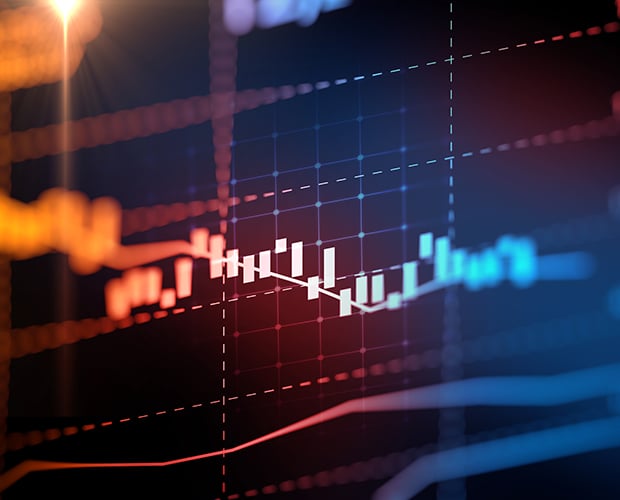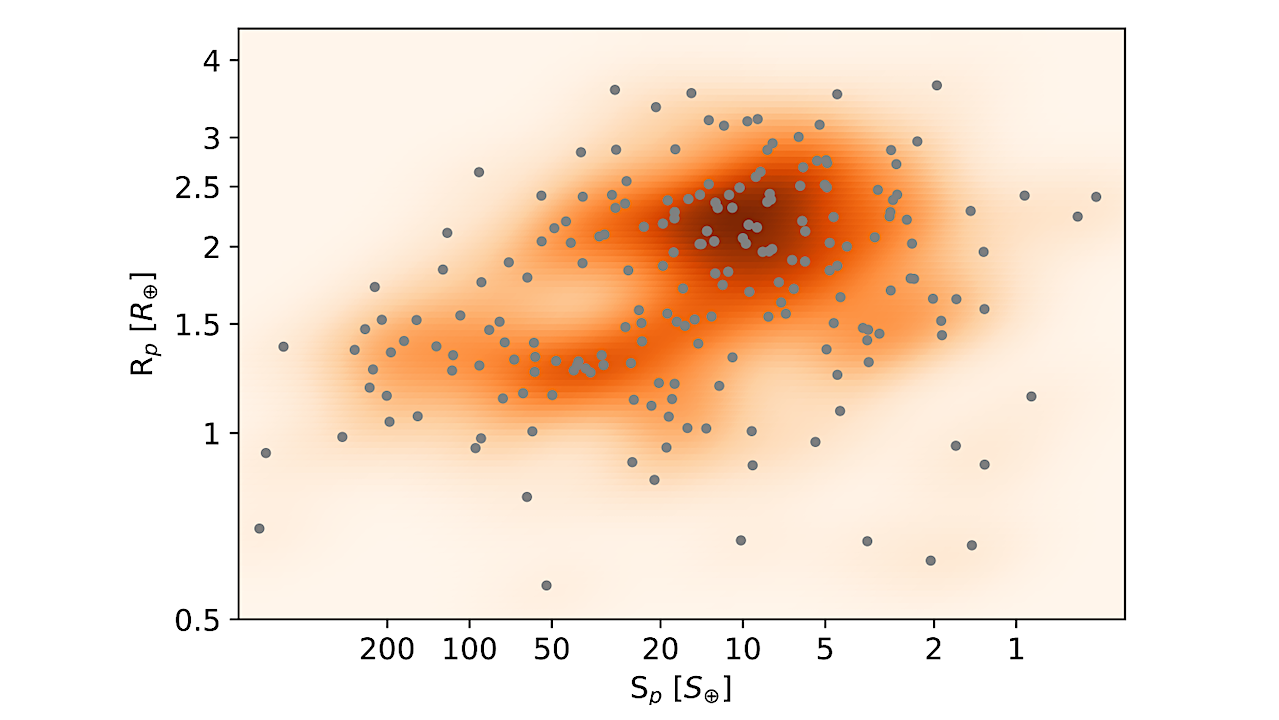We’ve all seen Leylah Fernandez’s skills on the tennis court, but have you seen how she handles a jump rope?
Look at that wizardry, just like a heavyweight fighter before a title bout.
The Canadian showed off her rope excellence before her doubles quarterfinal match at the US Open, where she — alongside her new partner and pal, Venus Williams — fell 6-1, 6-2 to the top-seeded team of Taylor Townsend and Katerina Siniakova.
Despite the defeat, it was a memorable week for the 22-year-old, whose run with Williams became one of the stories of the tournament after they accepted a wild card into the draw. The pair won three straight-set matches — including upsets of a pair of seeded teams — before running into the top two doubles players in the world.
Reflecting on their run, the former US Open singles finalist said she learned so much from her brief partnership with the 45-year-old icon. But perhaps more than anything, she was inspired by the joy that Williams plays with after all these years.
“It’s just been an incredible week and a half being here and learning so much from Venus,” Fernandez said. “I’m just kind of like a sponge, so I’m just kind of sucking everything in and learning and just trying to improve my tennis game. Today didn’t go our way, but there’s definitely a lot of positives for myself going forward, and seeing Venus playing on court for joy just kind of brought me back as to why I started playing tennis.
“It’s probably the most important thing, is that I started playing tennis for the love of the game, and for bringing joy on court — not only for myself, but also for the fans.”
It was positively joyful in Louis Armstrong Stadium for their four matches, with the crowd backing them from first ball to last. They complemented each other beautifully on court, and adorably played to the fans, with Venus twirling after victories and encouraging Fernandez to follow suit.
Their chemistry was obvious, so much so that Venus said Fernandez is her favorite doubles partner ever outside of her sister, Serena. (High praise considering the Williams sisters won 14 doubles majors together.)
On the singles side, Fernandez won her first two matches — against Rebecca Marino and Elsa Jacquemot — before falling to top-seeded Aryna Sabalenka in straight sets in the third round.

